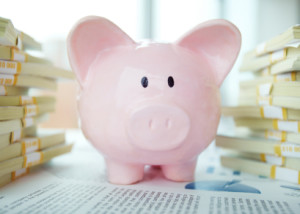Today’s top story: What to do with those savings bonds you received as a kid. Also in the news: Teaching your kids about personal finance, tips on becoming debt free in 2014, and when you can finally say goodbye to the old debt lingering on your credit report. 
What to Do With a Childhood Savings Bond
Is it time to cash in every child’s least favorite gift?
Kids and Money: New online sites help manage personal finances
Teaching kids about personal finance doesn’t have to be a chore.
5 Tips for Becoming Debt Free in 2014
Make this the year you vanquish your debt.
When does old debt fall off credit report?
Saying goodbye to that old credit card from seven years ago.
Don’t Be a Victim of Fraud: 9 Simple Ways to Protect Your Financial Data
Keeping your data safe from exploitation.
A couple of important pieces of information that I was disappointed not to see in the savings bond article:
It’s possible that your bonds are earning interest at a rate that’s all but impossible to find anywhere else these days. Almost all of the bonds I have from my childhood – EE bonds issued between 1986 and 1995 – are earning 4%. It would be foolish to cash them in and lose out on that interest rate unless I really needed the money now, which I don’t.
Bonds that were issued in 1997 (or not long after) have their “original maturity date” coming up, at which point they’ll get a one-time bump in value up to their face value (double their purchase price). It pays to hold onto bonds until they reach original maturity if you can.
You can convert paper bonds into electronic bonds, which are easier to manage (and harder to lose!) – the Treasury Direct website tells you how.